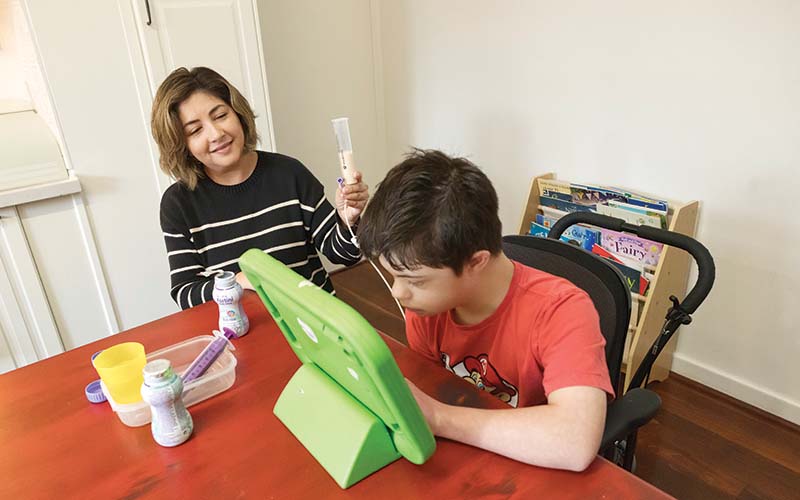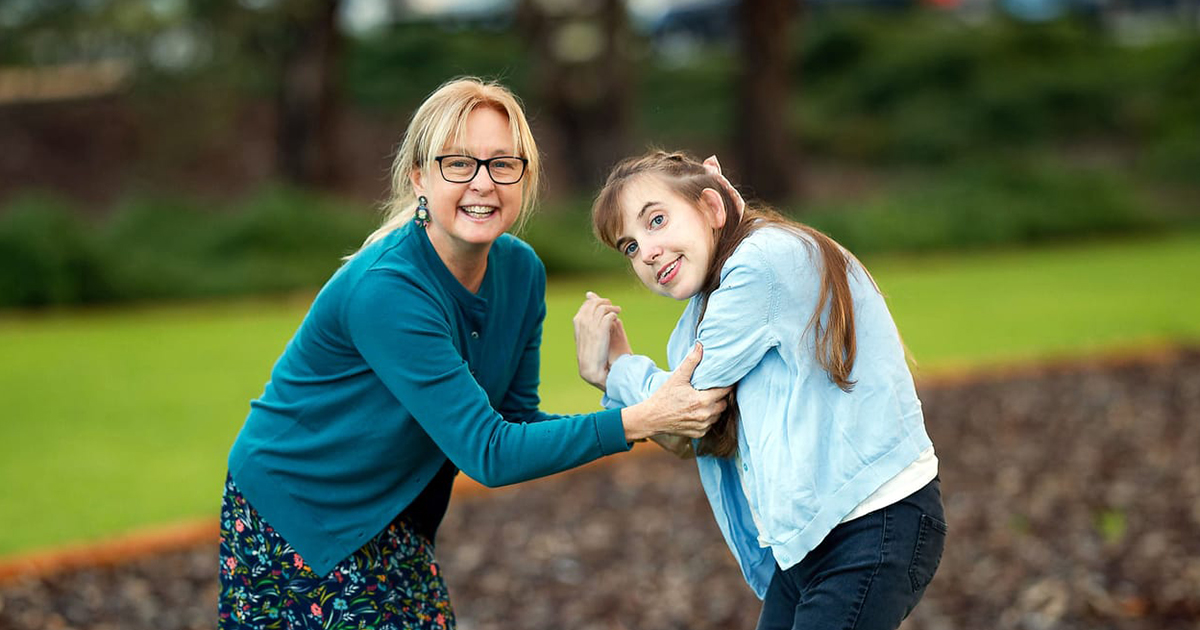Search
Research
Can telehealth increase physical activity in individuals with Rett syndrome? A multicentre randomized controlled trialTo evaluate the effects of a physical activity programme on sedentary behaviour and physical activity in ambulant individuals with Rett syndrome.

For thousands of children around Australia with intellectual and other disabilities, the process of eating can be traumatic, posing challenges that veer from uncomfortable to life threatening.

News & Events
Driving change for children with disabilityToday marks International Day of People with Disability (IDPwD), a United Nations initiative that encourages communities around the world to deepen their awareness, understanding and acceptance of people with disability.

News & Events
Pioneering new treatments for leukaemia in children with Down syndromeA team of world-leading scientists has secured $5 million in funding from the Leukaemia and Lymphoma Society to advance the fight against leukaemia in children with Down syndrome.

News & Events
The Kids researchers finalists in Premier’s Science AwardsThree outstanding The Kids Research Institute Australia researchers have been named finalists in the 2016 Premier's Science Awards
Research
Growth patterns in individuals with CDKL5 deficiency disorderAim: To compare growth in individuals with cyclin-dependent kinase-like 5 (CDKL5) deficiency disorder with population norms and to investigate the effect of gastrostomy on growth.
Research
Neurocognitive and self-reported psychosocial and behavioral functioning in siblings of individuals with neurodevelopmental conditions: a study using remote self-administered testingThis study compared and explored the neurocognitive profiles of siblings of persons with and without neurodevelopmental conditions (NDCs) and associations between objective test performance and self-reported psychosocial functioning.
Research
Psychosocial wellbeing, parental concerns, and familial impact of children with developmental coordination disorderDevelopmental Coordination Disorder (DCD) is a neurodevelopmental condition impacting motor skill acquisition and competence. While previous studies have identified adverse psychosocial outcomes in DCD, they are limited by small or population-screened, community-based samples.
Research
Measurement properties and feasibility of chronic pain assessment tools for use with children and young people with cerebral palsyChronic pain assessment tools exist for children, but may not be valid, reliable, and feasible for populations with functional, cognitive or communication limitations, for example, cerebral palsy (CP). This study aimed to (i) identify chronic pain assessment tools used with children and young people and rate their measurement properties; (ii) develop a CP specific feasibility rating tool to assess the feasibility of tools in CP; and (iii) categorise tools according to reporting method.
Research
Measuring the Burden of Epilepsy Hospitalizations in CDKL5 Deficiency DisorderInformation on the hospital service use among individuals with CDKL5 Deficiency Disorder, an ultrarare developmental epileptic encephalopathy, is limited, evidence of which could assist with service planning. Therefore, using baseline and longitudinal data on 379 genetically verified individuals in the International CDKL5 Disorder Database, we aimed to investigate rates of seizure-related and other hospitalizations and associated length of stay in this cohort.
